
Medical emergencies can happen anywhere. Recognizing the dangerous signs, responding promptly and seeking professional help in time is crucial for positive outcomes. Initial first aid can help to relieve symptoms stabilize prevent further harm and promote recovery. However, in most cases, hospitalization will be needed in certain cases. But how do you know which hospital to go, will they be equipped to deal with the emergency? It is essential to be armed with knowledge of these emergencies to be able to respond.

A heart attack is a medical emergency that requires prompt attention. Results from the obstruction of blood flow to a portion of the heart muscles, usually caused by a blood clot, lead to symptoms such as sudden collapse, no pulse, breathing, loss of consciousness, chest discomfort, shortness of breath, or pounding heart. Recognizing the signs and acting quickly is essential for minimizing the damage and saving a life
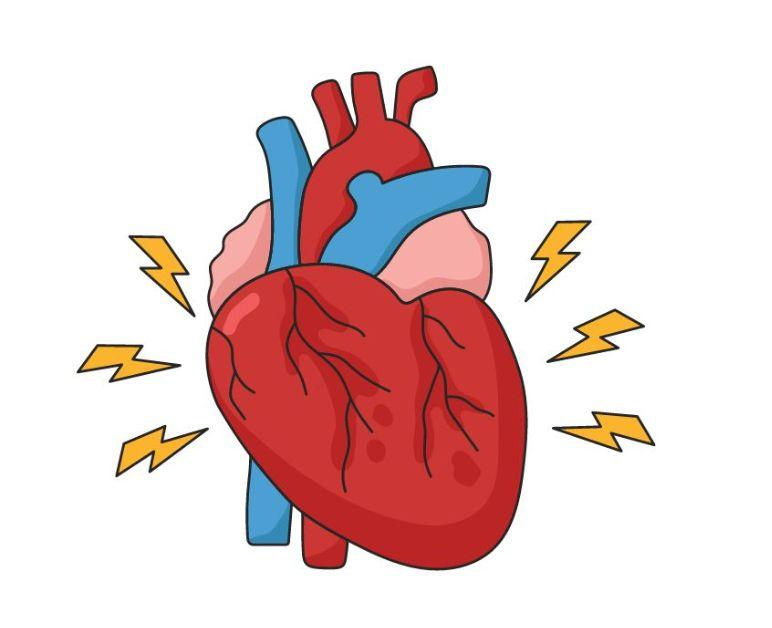
Read More: Heart Attack - How to Detect and Respond
A stroke occurs when brain does not get enough blood flow, either due to a blocked artery (ischemic stroke) or bleeding within the brain (hemorrhagic stroke). This keeps blood from flowing into other parts of the brain and stops oxygen and nutrients from reaching brain cells. It immediately impacts the functioning of the brain, including movement, speech, difficulty in comprehension and paralysis in the face, arm, or leg. Recognizing symptoms is critical for timely medical intervention. Immediate action is necessary to minimize long-term disability and improve recovery outcomes.
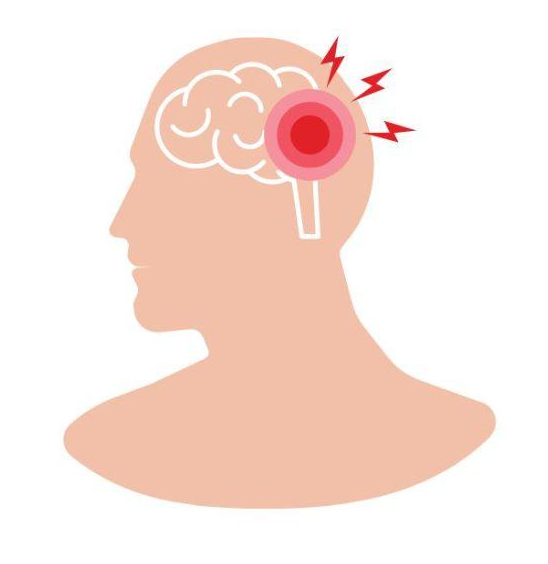
Read More: Stroke - How to Detect and Respond
A seizure is a sudden, uncontrolled electrical disturbance in the brain that can cause changes in behaviour and movements. Seizures can manifest in various forms and may range from brief lapses to severe convulsions. Symptoms include temporary confusion, jerk movements of the arms and legs, loss of consciousness or awareness, and faster heart rate and breathing. It is crucial to recognise and understand these manifestations, as it can be indicative of underlying medical conditions that may require prompt attention and care.
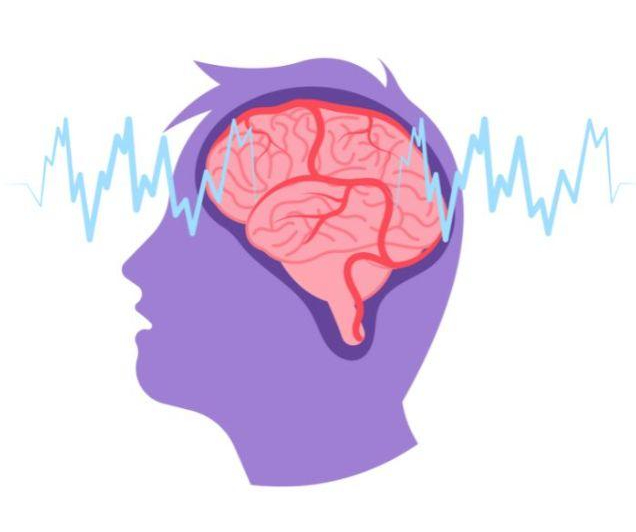
Read More: Seizure - How to Detect and Respond
Head injuries range from a bump on the head to a skull fracture. Some head injuries are mild, while some may be severe enough to cause brain damage or even death. Resulting from road accidents, falls, sports injuries or assaults. These injuries can range from mild concussions to severe, life-threatening conditions. Symptoms can vary depending on the severity and may include passing out for a short time, confusion or distraction, confusion, memory loss, and in more severe cases, loss of consciousness or clear blood drainage from the nose or ears. Immediate medical intervention is crucial to assess the extent of the injury.
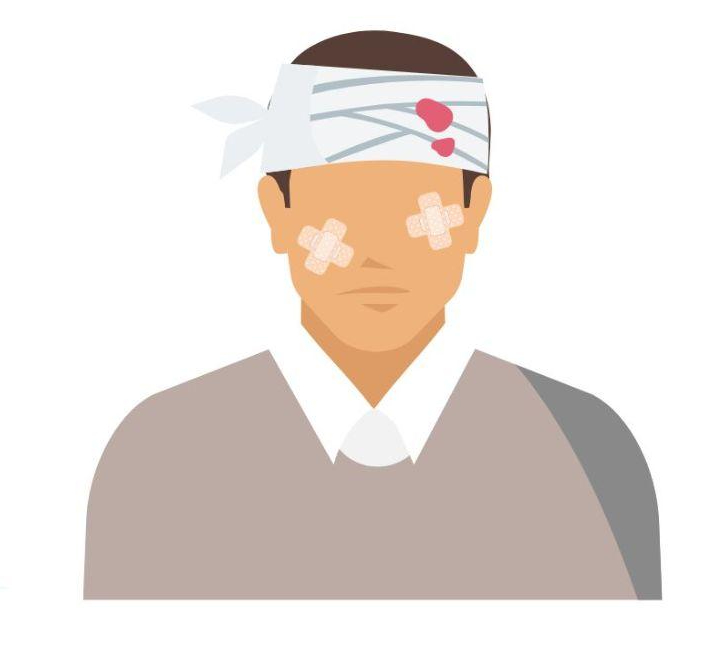
Read More: Quick Response to Severe Head Injury
Cardiac arrest is a sudden and life-threatening critical emergency where the heart abruptly stops pumping blood to the body resulting from chaotic disruptions in the heart's electrical system, causing arrhythmias, leading to rapid loss of consciousness, sudden collapse, no pulse, and no breathing. Understanding the causes and promptly identifying symptoms are key in effectively addressing this time-sensitive medical emergency.
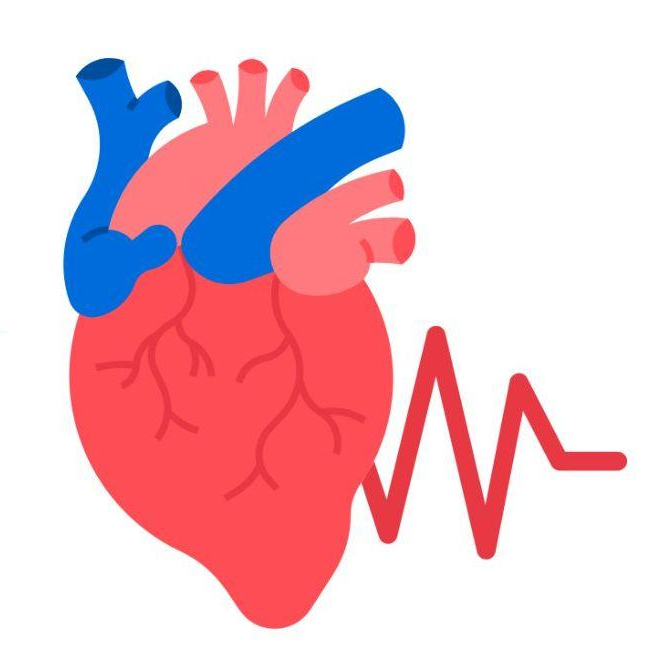
Read More: Cardiac Arrest - How to Detect and Respond